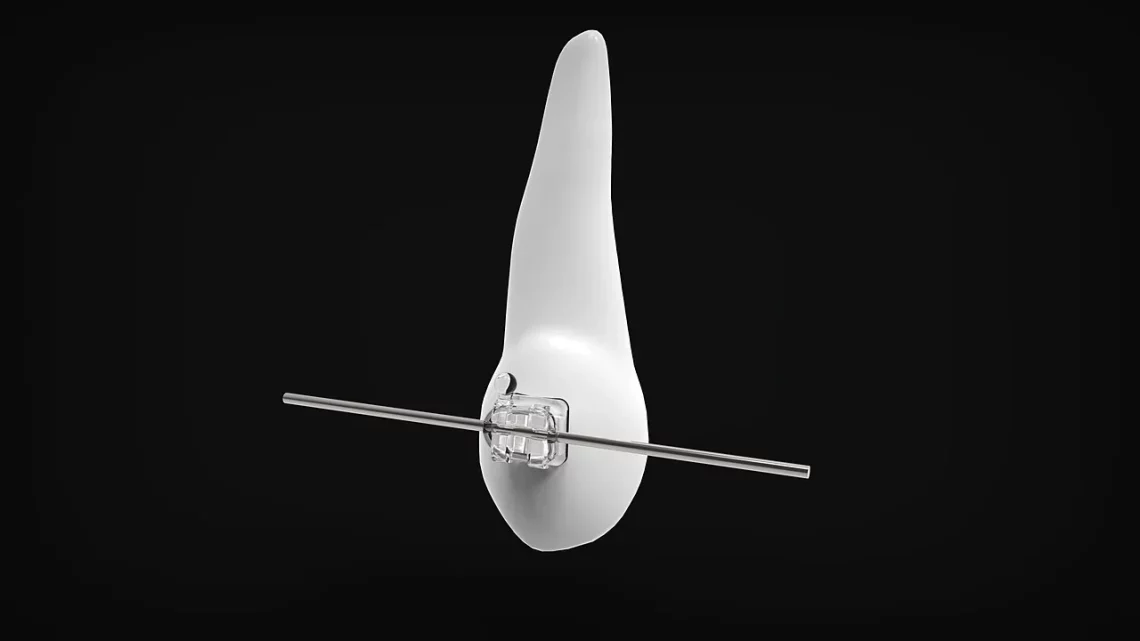
The Benefits of Using an Iliotibial Band Brace for Pain Relief
The Iliotibial Band (IT band) is a crucial connective tissue that runs along the outer thigh, extending from the hip to the shin. It plays a vital role in stabilizing the knee during activities such as walking, running, and cycling. Unfortunately, the IT band can become tight or inflamed due to overuse, improper mechanics, or inadequate stretching. This condition is commonly known as iliotibial band syndrome (ITBS), which can lead to significant pain and discomfort, especially for athletes and active individuals.
For many, managing this pain becomes a priority, and one effective solution is the use of an iliotibial band brace. These specialized braces are designed to provide support, alleviate discomfort, and facilitate recovery. They can help individuals maintain an active lifestyle without being hindered by pain. With the increasing popularity of fitness and outdoor activities, understanding the benefits of using an iliotibial band brace is essential for those who wish to optimize their performance while minimizing the risk of injury.
In this article, we will explore the advantages of using an iliotibial band brace for pain relief, focusing on its effectiveness in stabilizing the knee, promoting recovery, and enhancing overall mobility.
Understanding Iliotibial Band Syndrome
Iliotibial band syndrome is a common overuse injury, particularly among runners, cyclists, and those who engage in repetitive activities. It typically manifests as pain on the outer side of the knee, which can radiate up to the hip or down to the shin. The pain often worsens with activity and can lead to a decrease in performance and mobility.
The IT band itself is a thick band of fascia that provides stability to the knee. When it becomes tight or inflamed, it can cause friction against the outer femur, resulting in pain and discomfort. Factors contributing to ITBS include improper footwear, poor running mechanics, and muscle imbalances. Additionally, activities that involve repetitive knee bending can exacerbate the condition.
Using an iliotibial band brace can be an effective way to manage the symptoms associated with ITBS. These braces are designed to apply gentle pressure to the IT band, which helps to reduce friction during movement. By providing support to the knee, these braces can also help to maintain proper alignment, reducing the risk of further injury.
Furthermore, understanding the biomechanics of the IT band can provide insight into how to prevent future injuries. Strengthening the hip and gluteal muscles can help alleviate pressure on the IT band, while stretching tight areas can improve overall flexibility. However, the combination of these exercises with the use of a brace can offer a comprehensive approach to managing ITBS.
In summary, iliotibial band syndrome is a prevalent issue that can significantly affect one’s quality of life and athletic performance. Utilizing a brace not only aids in pain relief but also plays a role in the overall management of the condition.
The Role of an Iliotibial Band Brace in Pain Management
One of the primary benefits of using an iliotibial band brace is its effectiveness in pain management. These braces work by providing compression to the affected area, which can help reduce inflammation and swelling. The compression promotes increased blood flow, aiding in the healing process and allowing for a quicker recovery.
Moreover, by stabilizing the knee, an iliotibial band brace can prevent excessive movement that may cause further irritation to the IT band. This stability is particularly beneficial during physical activities, as it allows individuals to continue their workouts with reduced pain. Many users report a significant decrease in discomfort when wearing the brace, enabling them to engage in their favorite activities without fear of exacerbating their condition.
Braces can also provide psychological benefits. When individuals experience pain during physical activities, they may develop a fear of movement, known as kinesiophobia. Wearing a brace can instill a sense of security, encouraging individuals to push through their discomfort and maintain an active lifestyle.
Additionally, braces come in various designs and sizes, allowing for personalization to meet individual needs. Some braces feature adjustable straps, ensuring a snug fit without restricting blood flow. Others come with padding for added comfort, making them suitable for prolonged wear.
In conclusion, an iliotibial band brace can play a crucial role in pain management, providing both physical and psychological support. By alleviating discomfort and offering stability, these braces can enhance the quality of life for individuals suffering from IT band syndrome.
Enhancing Recovery and Preventing Future Injuries
In addition to pain management, the use of an iliotibial band brace can significantly enhance recovery from IT band syndrome. The brace’s compression properties not only reduce pain but also help speed up the healing process. By providing support to the knee and surrounding areas, the brace allows for the gradual return of strength and function.
Furthermore, many braces are designed to be worn during rehabilitation exercises. This integration can optimize the recovery process by allowing individuals to perform stretches and strengthening exercises with added support. Engaging in these activities while wearing a brace can help individuals regain their strength and flexibility, which are essential for long-term recovery.
Preventing future injuries is another critical aspect of using an iliotibial band brace. While the brace provides immediate relief, it can also serve as a reminder to maintain proper form during physical activities. Athletes and active individuals can use the brace as a tool to develop better movement patterns, reducing the risk of re-injury.
Additionally, the use of a brace can encourage individuals to adopt a more comprehensive approach to their fitness routine. This may include incorporating strength training, flexibility exercises, and proper warm-up and cool-down practices. By addressing underlying issues such as muscle imbalances and tightness, individuals can improve their overall biomechanics, further decreasing the likelihood of future IT band problems.
In summary, an iliotibial band brace not only aids in recovery but also plays a vital role in injury prevention. By supporting the knee and encouraging proper movement, these braces can help individuals maintain their activity levels while minimizing the risk of re-injury.
Choosing the Right Iliotibial Band Brace
Selecting the appropriate iliotibial band brace is crucial for maximizing its benefits. With various styles and designs available, understanding what to look for can make a significant difference in comfort and effectiveness.
First and foremost, consider the level of support required. Some braces offer light compression, suitable for mild discomfort, while others provide more robust support for severe pain. Assessing the severity of your condition will help determine the type of brace needed.
Fit is another essential factor. A well-fitting brace should provide adequate compression without being overly restrictive. Look for adjustable straps or designs that allow for customization to ensure a snug fit. A brace that slips or moves during activity may not provide the necessary support and could lead to further issues.
Additionally, consider the material of the brace. Breathable, moisture-wicking fabrics can enhance comfort during prolonged use, especially for those engaging in vigorous activities. Some braces also feature silicone pads or gel inserts for added cushioning, which can further improve comfort.
Consulting with a healthcare professional or physical therapist can provide valuable guidance in selecting the right brace. They can assess your specific needs and recommend appropriate products based on your condition and activity level.
In conclusion, choosing the right iliotibial band brace involves considering factors such as support level, fit, material, and professional advice. By taking the time to find the right brace, individuals can optimize their pain relief and recovery process.
**Disclaimer:** This article is not intended to provide medical advice. Always consult a healthcare professional for guidance on health-related issues.




